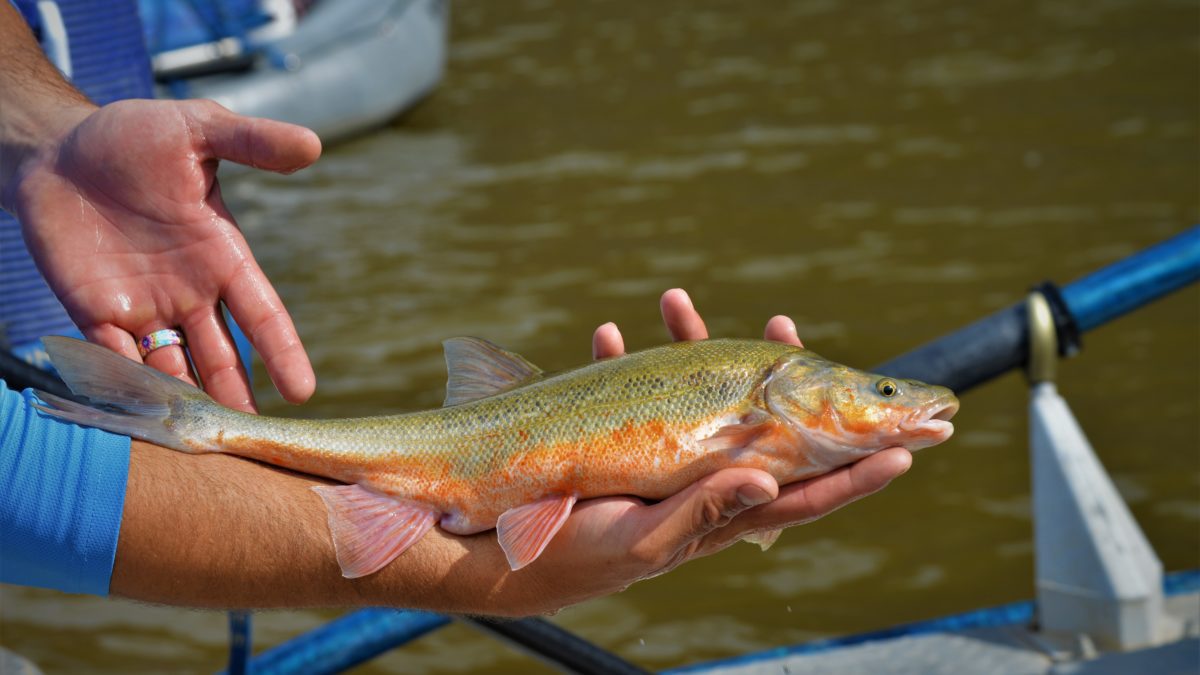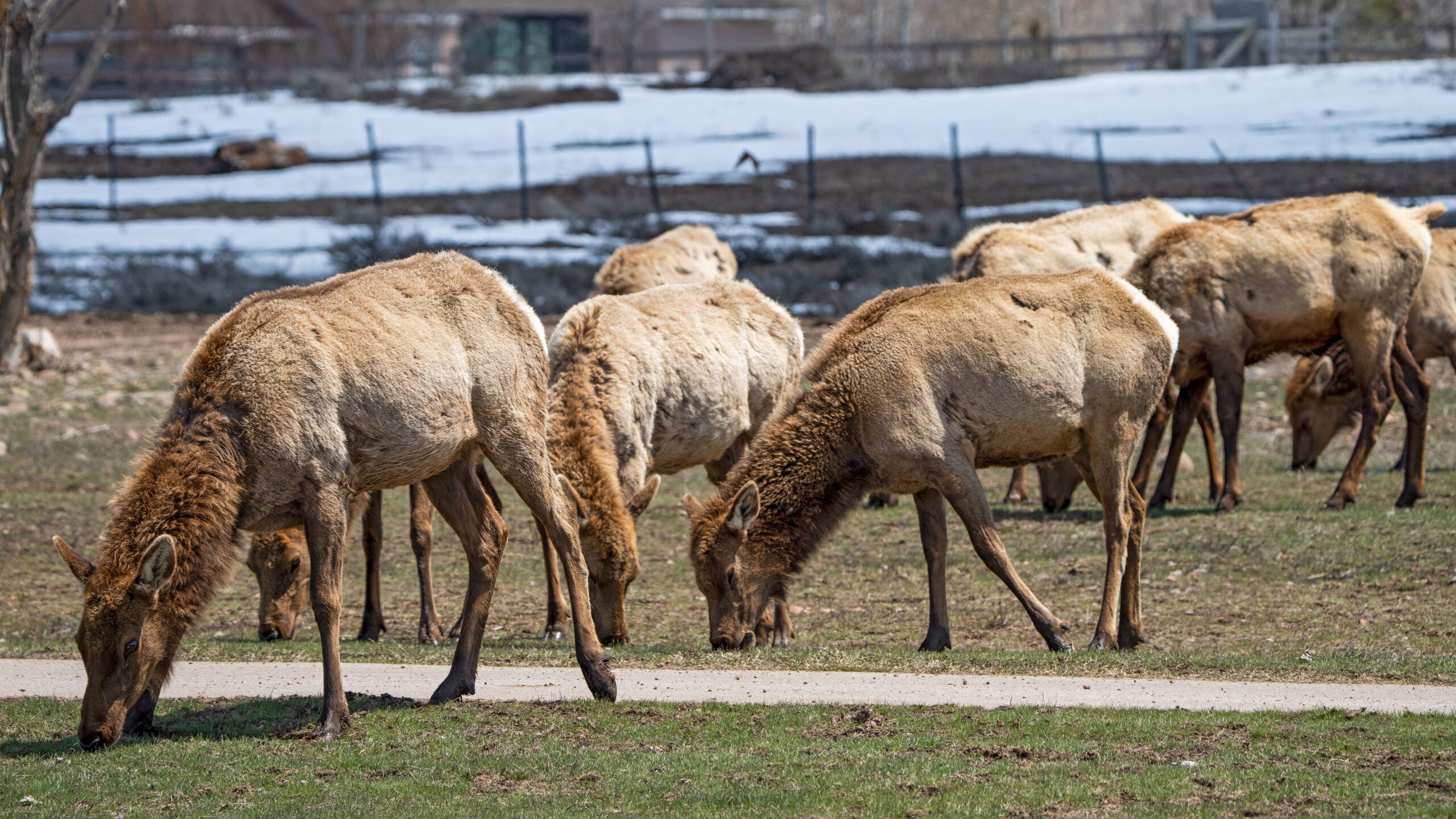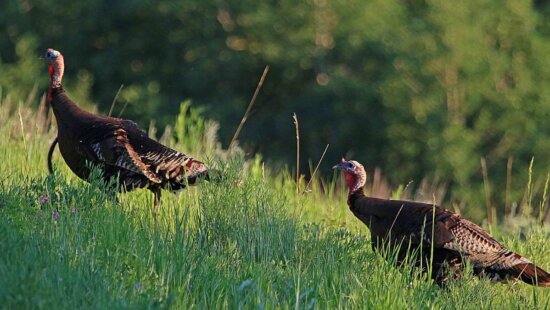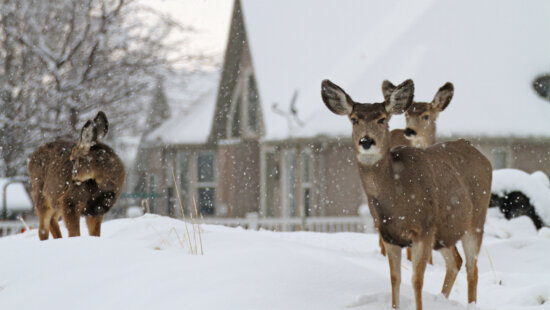Wildlife
Utah Wildlife Board approves fishing regulation changes and other amendments

Roundtail Chub Photo: courtesy of Utah Division of Wildlife Resources
UTAH — The Utah Wildlife Board approved changes recommended by the Utah Division of Wildlife Resources (UDWR) for the 2023-2024 fishing regulations on Thursday. In addition to fishing, amendments to the Henrys Mountains bison management plan, the Landowner Association rule, and the audit and annual report of the Utah Conservation Permit Program were also approved.
DWR recommended fishing regulation changes for areas where data collected from biological surveys or angler catch data shows that objectives for the fishery were met. Many of the fishing regulation changes for the different regions in Utah centered around bag limits and length restrictions. The biggest change for anglers will be the addition of the roundtail chub to the list of sport fish in the state.
“One of the changes approved by the Utah Wildlife Board for this next year’s fishing regulations is to remove roundtail chub from the list of prohibited fish species to fish for in Utah,” DWR Sportfish Coordinator Randy Oplinger said. “We initially started presenting this idea to the public last year, and there was a lot of support for it.”
“These are a fun species to fish for because they take a wide variety of flies, lures and baits. Roundtail chub are found in the Colorado and Green rivers and their tributaries. Those rivers don’t receive a lot of fishing pressure, so classifying roundtail chub as a sportfish species provides some new fishing opportunities on some waters that are not heavily visited. While roundtail chub are considered a species of greatest conservation need, they are a conservation success story and their populations in Utah are doing well enough now to withstand some fishing pressure.”
The Utah Conservation Permit Program generates money to help with conservation and research projects in Utah, such as habitat enhancement, wildlife transplants, aerial surveys, deer survival studies, and migration research, such as capturing big game and equipping them with GPS collars.
The money is raised through conservation permits put up for auction by sportsmen and conservation groups at banquets, fundraisers, and other events. 90% of the money raised from these events goes towards the program, and the remaining 10% helps conservation groups cover administrative costs.
For 2022, $7 million was raised through the sale of conservation permits. The program has accumulated more than $72 million since 2001 for wildlife conservation in Utah.
A complete list of changes to fishing regulations and other amendments can be found on the Utah Division of Wildlife Resources website.



















